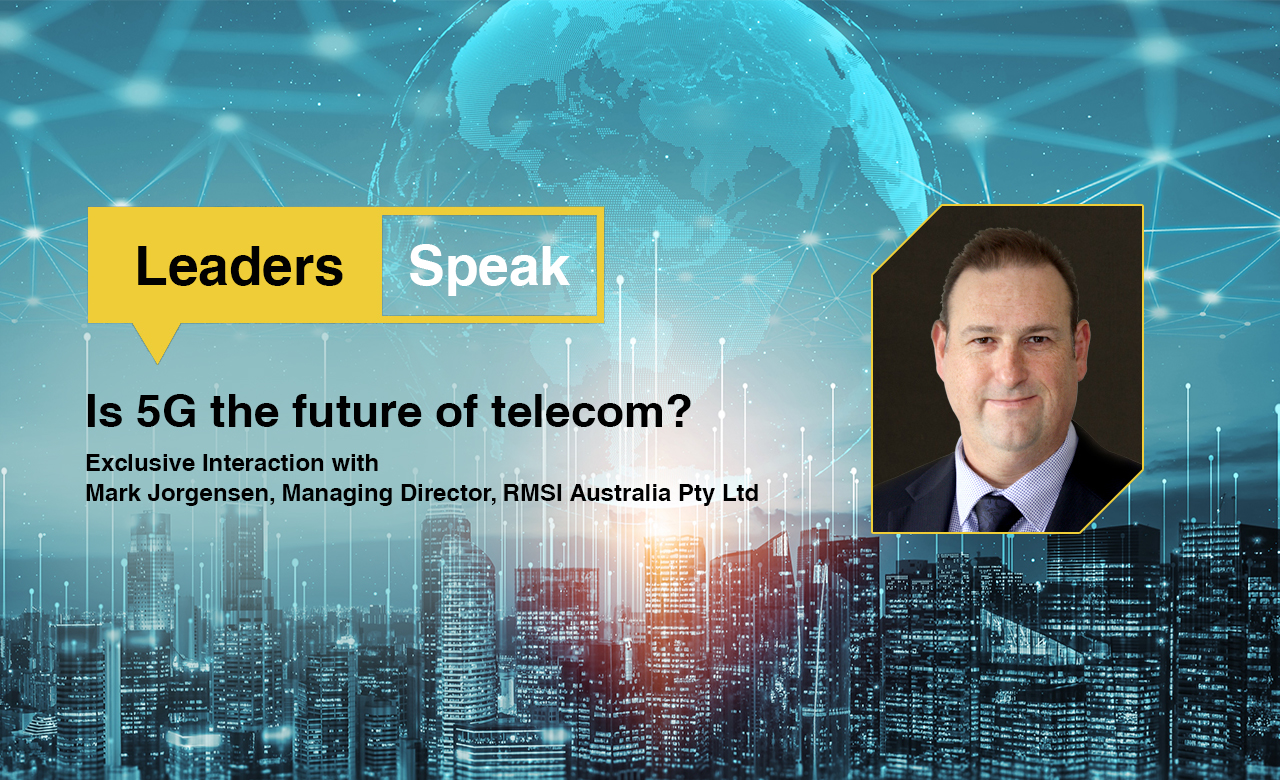
Q1.What is the potential advantage of 5G over 4G?
In basic terms, 5G means significantly more speed and greater capacity, delivered by an additional radio spectrum with low latency performance. The new network is enabled by introducing a high band spectrum (26-28 GHz) with combined spectrum use in the Low and Middle band ranges.
End state 5G will produce significantly more capacity than 4G. It can support about 4,000 devices per square km, whereas 5G will support around one million. This means more Netflix streaming, online gaming, and YouTube carried, without interruption, over the limited air space.
One of 5G’s biggest differentiators over 4G is Its capacity to support significant growth in IoT and M2M. Although most of this is already supported on the 4G narrowband IoT spectrum, the differentiator is the capacity to help more and more devices. The later iterations of 5G networking are expected to be revolutionary for data-driven industries, smart cities, and infrastructure management. It will be possible to have many more devices working reliably, securely, and uninterrupted in the same area.
Overall, due to the new technologies, spectrum, and frequencies it uses, 5G has several benefits over 4G; higher speeds, less latency, capacity for a more significant number of connected devices, less interference, and better efficiency, including lower cost of operations for network providers.
Q2. What role would 5G play for the envisioned Metaverse?
5G’s low latency, high speeds, and high capacity will make it the first generation of networks to support the Metaverse in an efficient way. Right now, a user shares the web through multiple tabs from our browser or by opening an app. Within the Metaverses, everything would be in a single place. This requires a network that can support the enormous data traffic that these Metaverses will generate.
AR and VR have been around for a while, but with 5G, businesses will be able to deliver high-quality content with lower latency and greater network quality which is a pre-requisite for the Metaverse. Telcos will be encouraged to form partnerships with field companies, establish use cases, and seek new ways to monetize the network. These use cases can increase Telco’s ARPU (Annual Revenue Per Unit) by 9.5%. For telcos to succeed, they should develop an ecosystem to provide varied user experiences.
A few years ago, pre-4G, customers valued simplicity. This reflects upon the evolution that 4G sparked and 5G would carry forward; customers now are adapting more to immersive experiences. The Metaverses will only represent the move towards more immersive internet experiences.
Q3. How will 5G drive further adoption of Location Analytics in diverse industries?
Utilizing location analytics, companies can see what might otherwise be unclear by simulating proposed network performance outcomes at each step of the development process, whether for network planning, deployment, maintenance, and operation of existing structures.
With its reduced latency, 5G will enable accurate real-time data analytics through connected sensors. The denser network infrastructure, providing increased data volume, will enable machines to learn faster and produce more accurate results.
In addition, intelligent location analytics systems will support better decision-making regarding network components, such as where and how to connect them, thus helping to provide network reliability and ensure capacity requirements are met.
Q4. What is RMSI’s focus in 5G telecom implementation?
RMSI is focused on providing engineering services to support the expansion and construction of the 5G Network for Carriers. We provide design engineering services and construction-ready plans to enable build partners to expand their network. This includes the up-gradation of existing radio infrastructure on existing towers, rooftop and small cell sites, and the planning for new greenfield sites. Our services include engineering analysis for structural, civil, and electrical, the creation of detailed design drawings, and construction-ready packs. Additionally, we provide engineering services to support In-Building Coverage (IBC), Distributed Antenna Systems (DAS), and planning for 5G private networks.
Q5. How is 5G technology going to change our future?
5G is capable of high-speed and data density compared to current 4G networks. Companies took advantage of 4G by developing ride-sharing services, meal delivery, and more. These services would have struggled with previously used 3G networks. 5G takes the possibilities of 4G and multiplies them tenfold, opening the door for innovation. This means we are likely to see a whole new world of businesses created that we can’t currently conceive of and perhaps entirely new industries.
With the potential to transform existing industries, whether implementing autonomous production lines in factories or autonomously routing the delivery in logistics networks, 5G has the ability to reshape how industries perform today.
For example, in the utility industry, 5G will help utilities improve field worker productivity using augmented reality and enable remote operations of assets. Moreover, increased speed, lower latency, and higher reliability mean better connectivity for IoT devices. Enabling smart wearables that aid in a faster transition to smart grids and smart cities.
Similarly, in the telecom industry, there will be an increase in networks’ operational efficiency and better customer experience because of much faster speeds.
Another use case is the Tech sector, where 5G is slated to be the first network that will be able to host the Metaverse (the next internet), transforming the e-commerce/ gaming sectors through immersive experiences. It will also benefit the autonomous vehicles industry.
5G will foster better infrastructure planning & design, public sector management, improved disaster resilience, and automated governance.